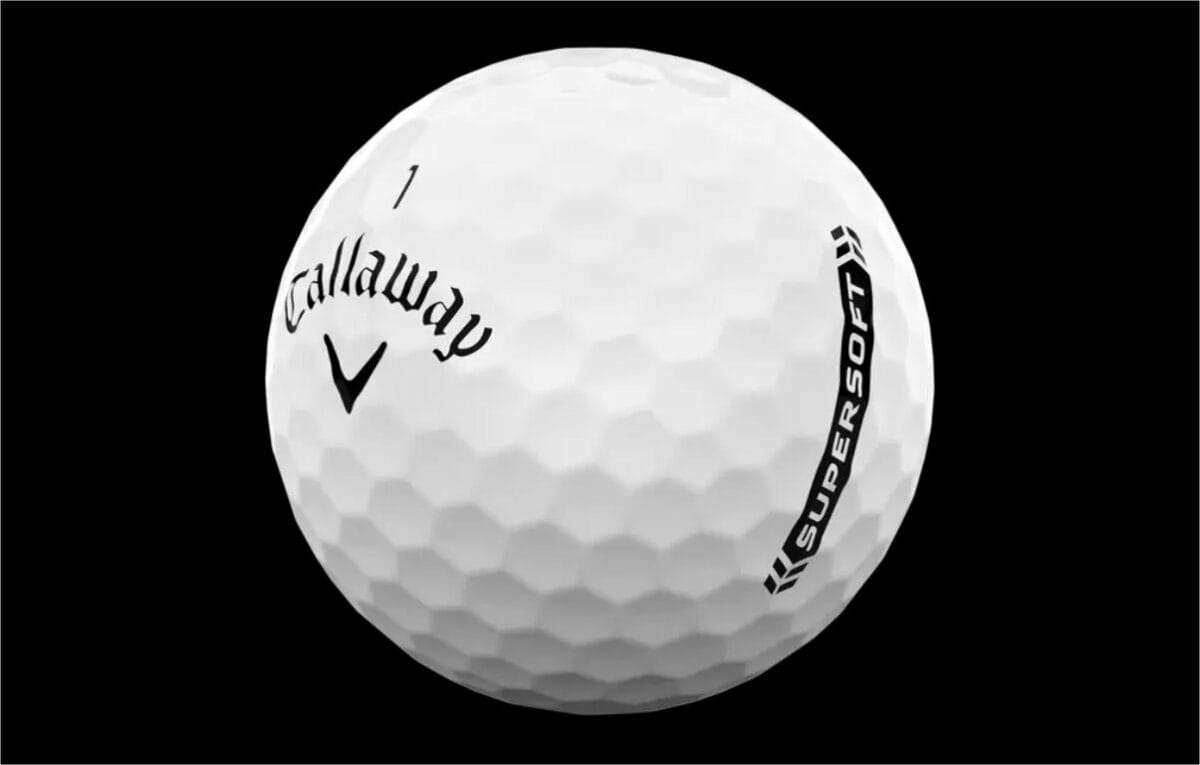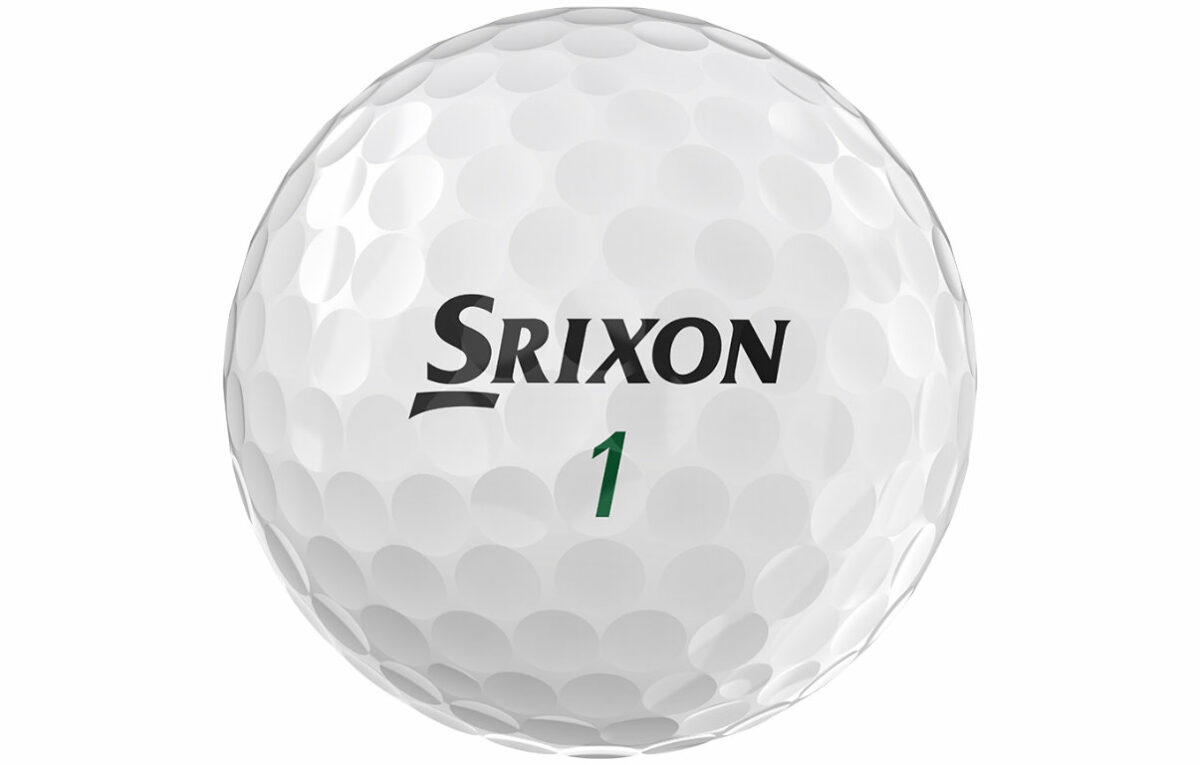Which Compression Golf Ball Should I Use?
Golf ball compression, the measure of how tightly wound the core is, significantly impacts performance and feel.
Selecting the right compression ball tailored to your swing speed and preference is key to optimizing distance, control, and enjoyment. But with so many choices, which compression golf ball should you play?
Let’s examine what compression means, how it affects ball flight, determine proper compression for your game, and review some of the best golf ball options for every compression type.

What is Golf Ball Compression?
Compression refers to the density and tightness of the ball’s core. It is measured on a scale from 0 to 200 based on the amount of deflection the ball undergoes when compressed by a standardized force.
Lower numbers represent softer compression, while higher numbers signify firmer compression.
Manufacturers fine-tune compression to control the ball’s spin, feel, and energy transfer at impact for desired performance traits optimized to swing speeds. Finding the right match for your game is crucial.
Effect of Compression on Ball Flight
The level of golf ball compression affects several ball flight dynamics:
- Distance – Lower compression promotes more speed and distance for slower swing speeds. Higher compression maximizes control for faster swings.
- Launch angle – Firmer balls generally launch higher than soft balls off the tee.
- Spin rate – Softer compression creates more backspin for better control of greens. But too much hampers distance.
- Accuracy – Proper compression minimizes sidespin for enhanced straightness in flight.
- Feel – Soft compression feels better around the greens and provides more feedback.
Understanding these compression effects helps determine optimal balls.
Choosing the Right Compression
Matching compression to your swing speed and preference is key. Here are general compression guidelines:
- Slower swing speeds – Below 90 mph driver swing speeds will benefit most from 40-70 compression for added distance.
- Moderate swing speeds – 90-110 mph drivers generate the best distance and spin with 70-90 compression.
- Faster swing speeds – Above 110 mph swing speeds require 90+ compression to maximize velocity without excessive driver spin.
- Preference – Some players simply like the softer feel of low compression despite swing speed. The personal feel should factor in.
Start in the range best suited for your typical driver swing velocity and fine-tune based on performance needs.

Best Low-Compression Golf Balls
For players with slower swing speeds or those simply desiring maximum soft feel, here are the top low-compression balls to consider:
- Titleist DT TruSoft – Consistently ranks as a leading low compression ball. Provides a soft feel and greater distance.
- Callaway Supersoft – Iconic low compression ball with an ultra-soft feel. Speeds off the driver for moderate swing speeds.
- Srixon Soft Feel – 60 compression core with soft thin cover. Great control and feel.
- Bridgestone e6 Soft – 40 compression core with added distance from gradational compression design.
- TaylorMade Project (a) – TaylorMade’s softest compression ball with impressive greenside spin.
Best Mid-Compression Golf Balls
Mid-level compression balls around 80 offer moderate swing speed and an ideal blend of distance and feel:
- Titleist AVX – Offers low compression feel in a 90 compression tour ball.
- Callaway ERC Soft – 80 compression core in a 3-piece urethane-covered distance ball.
- TaylorMade Response – Compression engineered for moderate swing speeds.
- Srixon Q-Star Tour – 75 compression core with a soft thin urethane cover.
- Bridgestone e6 – Gradual compression core balanced for feel and distance.
Best High Compression Golf Balls
For maximum greenside control and low driver spin at high speeds, these are the top high-compression options:
- Titleist Pro V1 – Iconic 100 compression core tour performance ball.
- TaylorMade TP5 – Their firmest compression 5-layer tour ball.
- Callaway Chrome Soft X – 90 compression with tour-level grip and feel.
- Bridgestone Tour B X – 102 compression for outstanding tee-to-green performance.
- Srixon Z-Star XV – Fast swing players love the 90-compression Z-Star XV.
Finding the right compression is the first step in selecting a golf ball. Next, consider covering, dimple design, and other factors that fine-tune the ball to perfectly fit your game.
Know Your Compression for Peak Performance
Hopefully, this breakdown illustrates why compression matters and how to select the right level for your needs. With the wrong compression, balls will launch and spin inconsistently costing you distance and accuracy.
Match your swing speed, typical driver launch conditions, and personal preferences to a compression optimized for your game. Prioritize properly fit woods and irons, then choose a perfectly compressed ball and watch your driving and iron play reach new heights.
